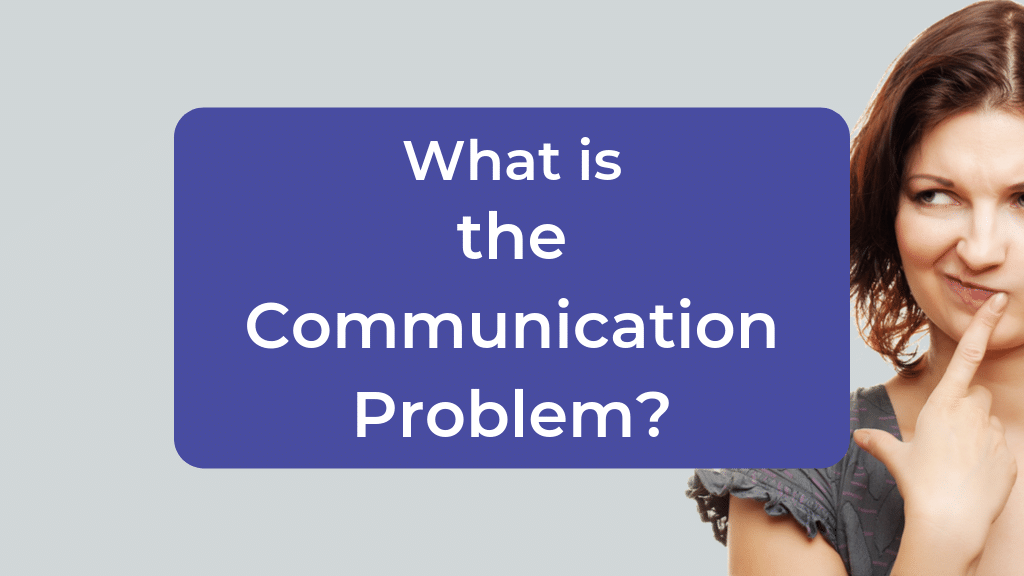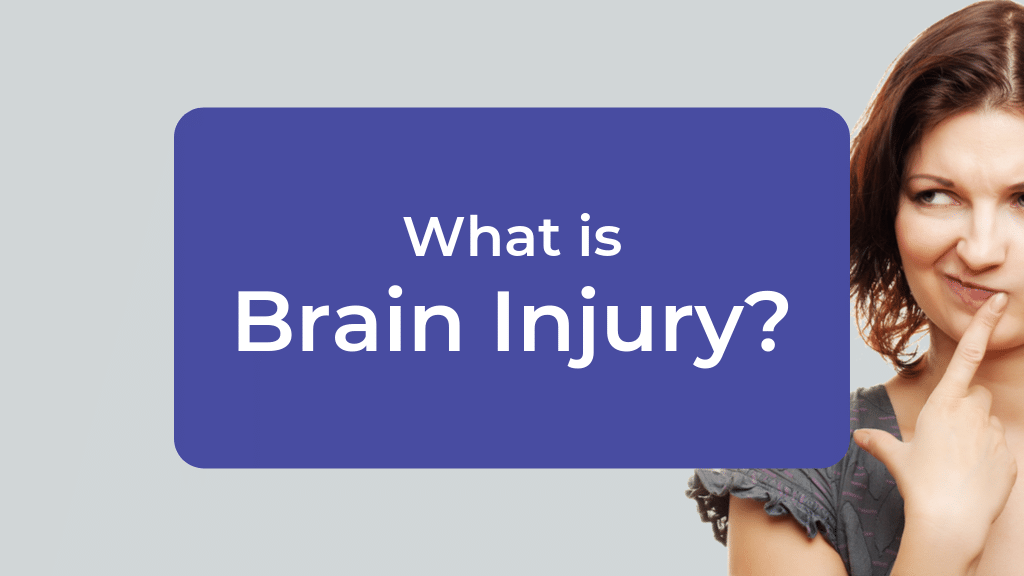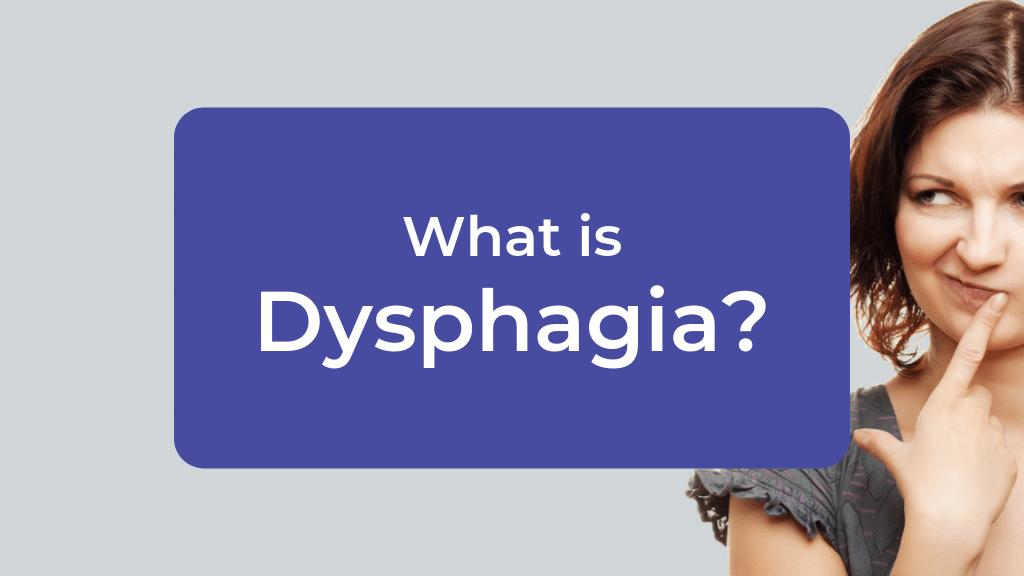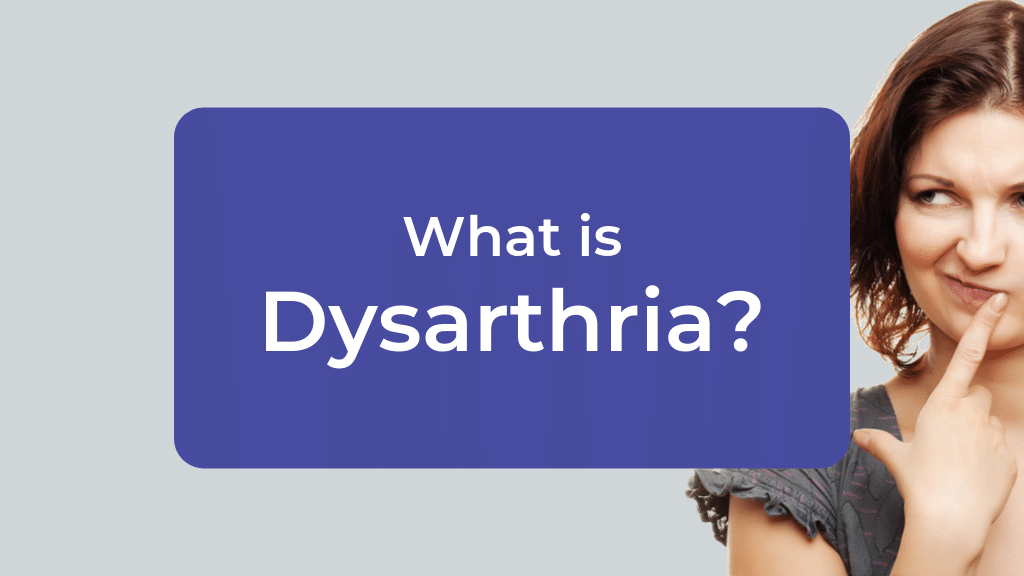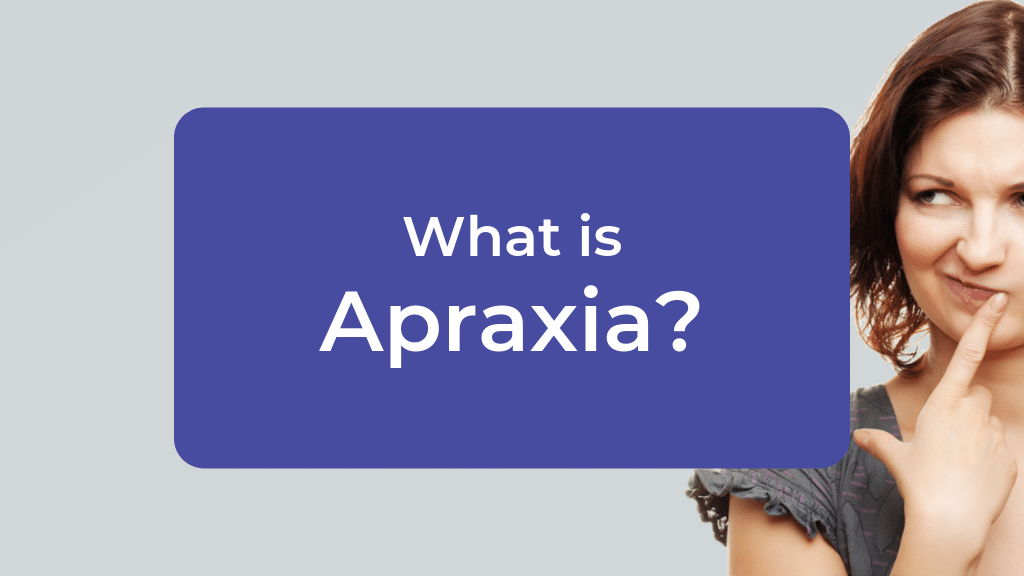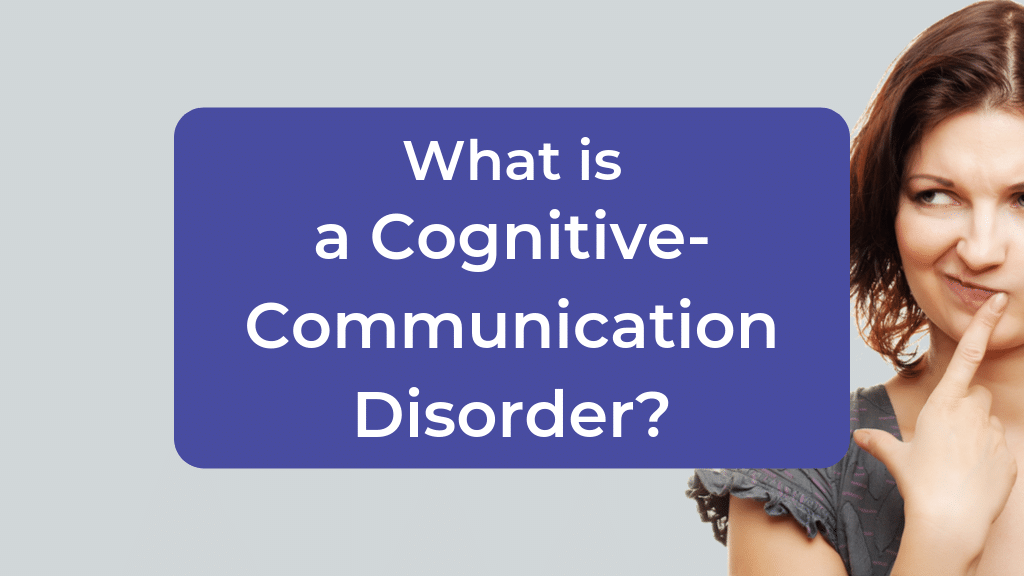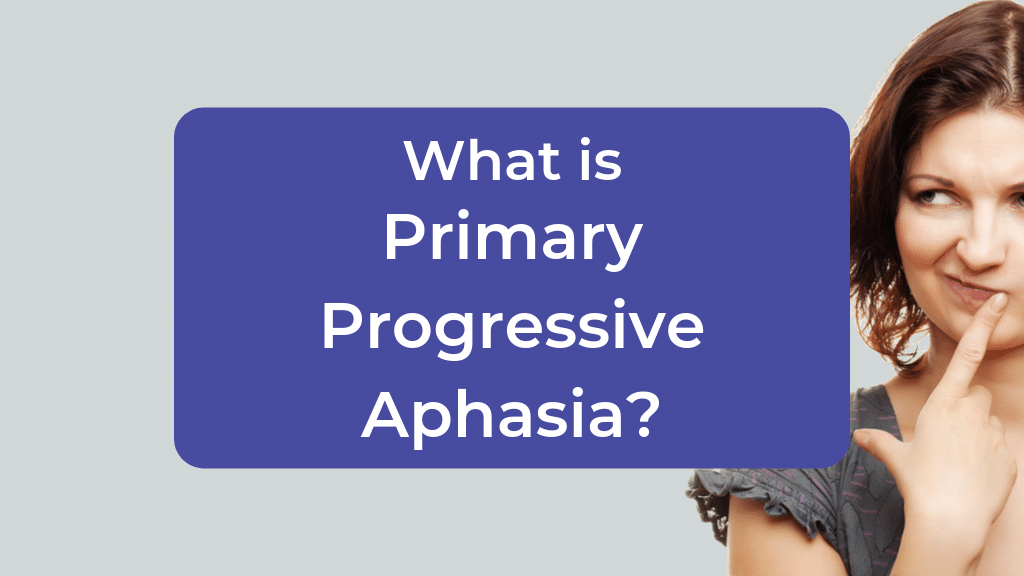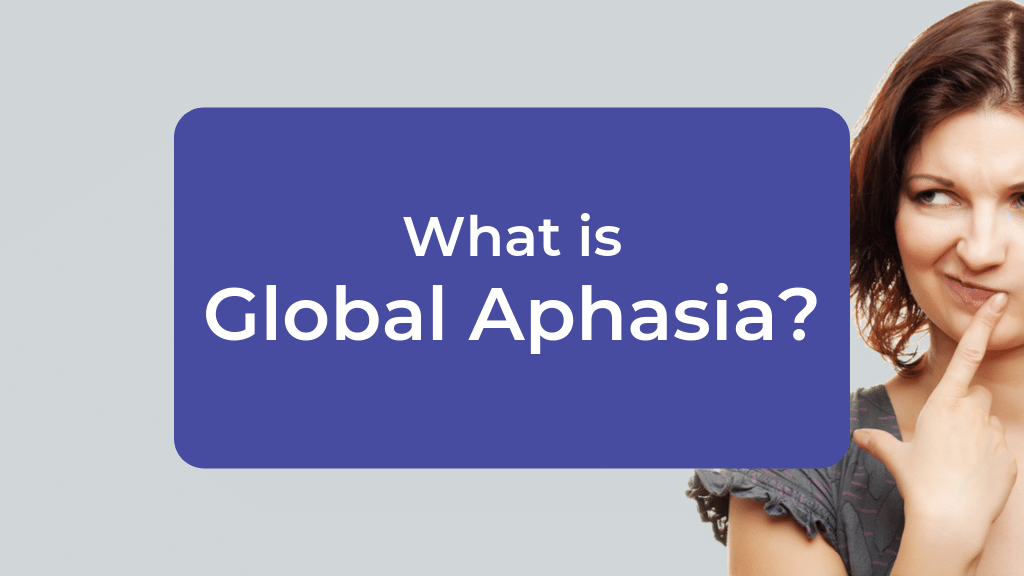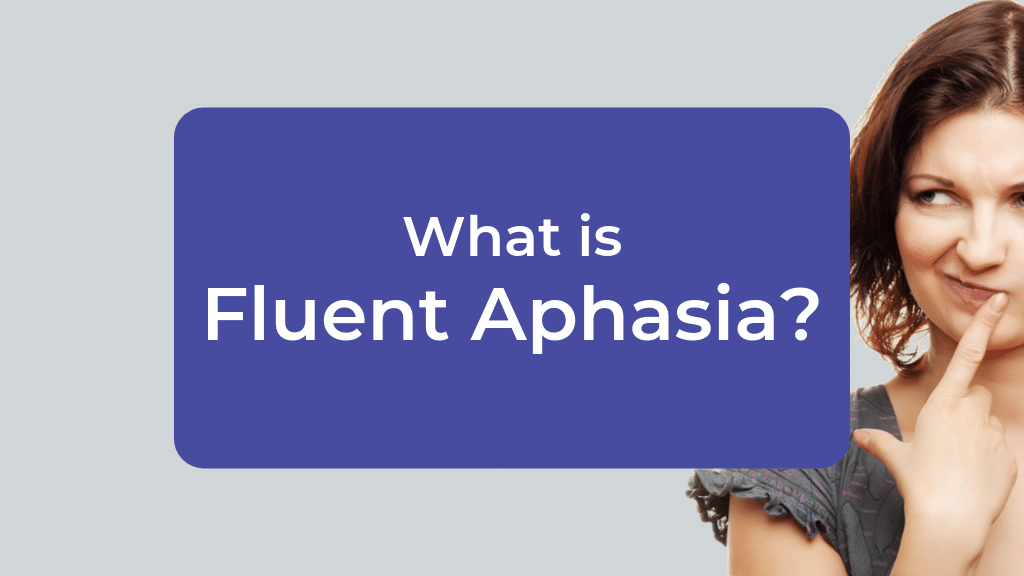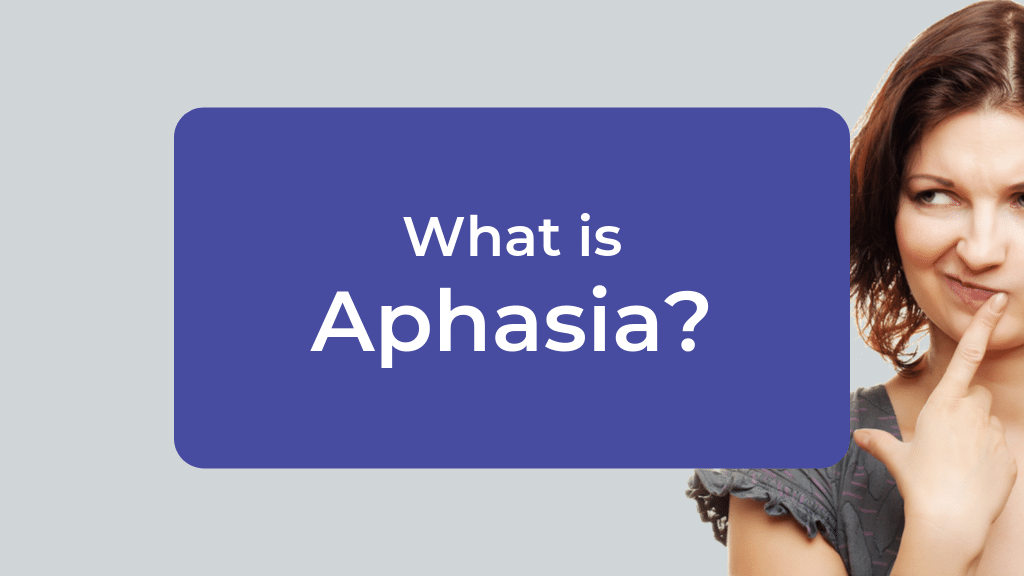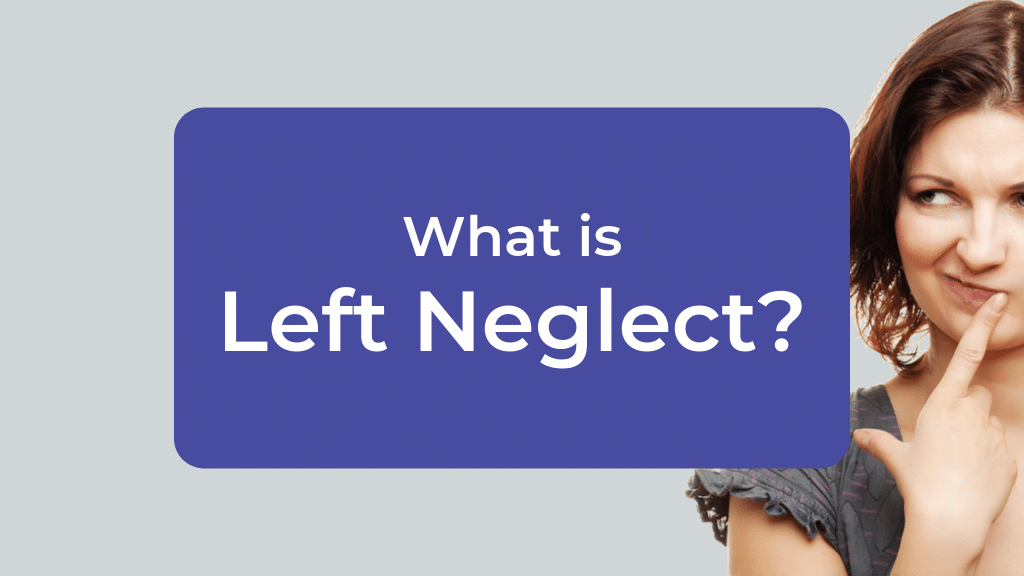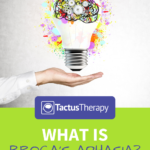What is
Broca’s Aphasia?
6 min read
We know that aphasia (or dysphasia as it is sometimes called) is a language impairment that occurs after a stroke, or other brain injury, that makes it difficult to communicate. But did you know that there are different types of aphasia? These types, or classifications, are based on the area of the brain that has been damaged, as well as which areas of language are affected (talking, listening, reading, writing, repetition).
Let’s take a look at a common type of aphasia in more detail: Broca’s aphasia.
Broca’s Aphasia
Broca’s aphasia is primarily an expressive language impairment, meaning it mostly affects speaking and writing – the two ways we produce, or express, language. Comprehension of language remains relatively intact in Broca’s aphasia, while repetition of words and sentences is usually poor. People with Broca’s aphasia are often very aware of their difficulties, and that can lead to high levels of frustration and sometimes depression.
Broca’s aphasia is also known as non-fluent aphasia. Speech is effortful and sounds rather stilted, with most utterances limited to 4 words or less. A person with Broca’s aphasia relies mostly on important key words (nouns and verbs) to communicate their message. Function words, such as prepositions and articles, are often omitted. This pattern of using only content words creates what’s known as telegraphic speech – recalling a time when people paid for each word when sending a telegram.
Learn how Wernicke’s aphasia, also known as fluent aphasia, affects receptive language.
Download a Free Patient Education Handout about Broca’s Aphasia
Get your free PDF summarizing what Broca’s aphasia is, what you might notice, & how you can help. A perfect handout for families.
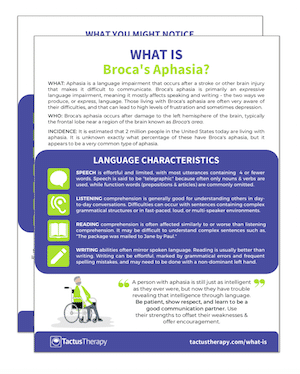
In addition to receiving your free download, you will also be added to our mailing list. You can unsubscribe at any time. Please make sure you read our Privacy Policy and Terms & Conditions.
Why it’s Called Broca’s Aphasia
In 1861, a French scientist named Paul Broca made the connection between this particular type of aphasia and damage to the left frontal region of the brain. The specific location of the damage in the brain became known as Broca’s area, hence the name Broca’s aphasia. With modern neuroimaging, we now know that the relationship between the area and the aphasia is not as clear as was once thought, but the name remains.
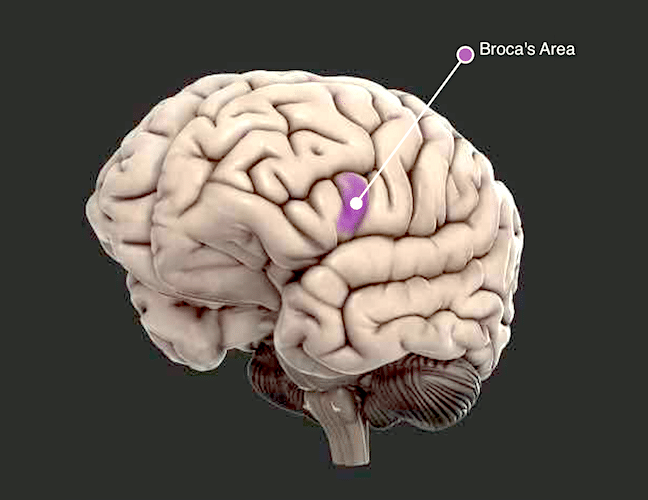
Comprehension and Broca’s Aphasia
In Broca’s aphasia, comprehension remains generally functional. This means that a person with Broca’s aphasia can understand well in day-to-day conversations. Difficulties start to occur with sentences containing more complex grammatical structures, such as passive sentences. For example, in the sentence “The package was mailed to Jane by Paul,” it may be difficult for a person with Broca’s aphasia to figure out who was doing the sending and receiving. However, putting this sentence in a different way, for example, “Paul mailed the package to Jane,” and a person with Broca’s aphasia may have no difficulty at all.
Advanced Comprehension Therapy is a speech therapy app to help people with Broca’s aphasia improve their understanding of sentences, including passives, pronouns, and multi-step directions.
However, many people with Broca’s aphasia still have difficulty understanding when speech is fast, when more than one person is talking at a time, or if there is background noise. Familiar topics and people will be easier to understand than complex or unfamiliar ones. Even if a person with Broca’s aphasia appears to understand, they may have missed some of the nuance of what was said. Numbers can be especially challenging, and jokes often take longer to process.
Written Language in Broca’s Aphasia
In line with their spoken language abilities, individuals with Broca’s aphasia often find that they can read better than they can write. Reading aloud can prove difficult, but comprehension when reading silently is usually better. Much like the difficulties we see in spoken language, writing can be effortful, marked by grammatical errors and frequent spelling mistakes.
Because Broca’s area is near the motor cortex in the brain, language difficulties are often accompanied by paralysis on the right side of the body. However, it is damage to the language center of the brain and not the physical paralysis of the dominant hand that is most responsible for difficulty writing. Many people with Broca’s aphasia learn to write again with their left hand, start to type, or resume using their right hand when language improves.
Severity Levels of Broca’s Aphasia
The severity of expressive language impairment differs between individuals. Severity is often related to the extent of the brain damage to Broca’s area or the surrounding brain tissue. Broca’s aphasia can sometimes co-occur with verbal apraxia, which limits speech in another way. In these cases, writing is often more successful than talking.
Even in these severe cases, automatic, rote language such as days of the week, counting, or well-known songs such as ‘Happy Birthday’ may be preserved, although the individual may not be able to use these words functionally in a conversation. Many people with Broca’s aphasia learn to use these sequences to work up to the word they want. For example, to say “Wednesday,” a person might quietly start with “Sunday, Monday, Tuesday” before saying the desired day aloud.
This video shows Mike Caputo, a man with Broca’s aphasia, talking to Tactus Therapy’s Megan Sutton about his Voices of Hope for Aphasia organization. How many of the language features we have talked about can you spot in this clip? What strategies does Mike use to assist his speech output?
As Broca’s aphasia improves, it may transition into milder types of aphasia, such as anomic aphasia – an aphasia that is more fluent and grammatical with obvious word-finding problems. Many people start out with a condition called global aphasia immediately after the stroke or brain injury, and it develops to become Broca’s aphasia as comprehension and insight increase. There is another type of aphasia that is very similar to Broca’s aphasia known as transcortical motor aphasia. This classification differs from Broca’s aphasia only in that the ability to repeat words and sentences remains relatively intact.
What You Can Do to Help
Like with all types of aphasia, education, caregiver training, supported conversation techniques, and raising awareness are all vital in supporting people with Broca’s aphasia.
You may also want to consider using the following techniques to support communication with someone with Broca’s aphasia:
- Be patient. Give the person with aphasia time to get their words out. Don’t fill in words for them unless they want you to.
- Speaking can be hard work! Provide general encouragement to motivate the person to continue trying to communicate their message, or let them rest and come back to the idea another time.
- Focus on what they are able to tell you, rather than worrying about the words they leave out.
- Repeat back their message in a full sentence to verify that you have understood correctly.
- Encourage the use of gestures to facilitate spoken output.
- Use simple sentence structures when talking so you can be understood more easily.
- Minimize background noise, moving to a quiet space. In a group, take turns talking.
- Write down key words or use drawing to facilitate comprehension if necessary.
- Use visuals to support expressive and receptive communication. These may include pictures, photos, maps, or calendars, as well as tools such as paper and pens.
Speech Therapy for Broca’s Aphasia
Broca’s aphasia can improve over time, but will improve more quickly with speech and language therapy. A qualified and experienced speech-language pathologist will work with the person with aphasia and their family to establish achievable therapy goals. The therapist may use a variety of the evidence-based therapy techniques described here such as Melodic Intonation Therapy (MIT) or others like Constraint Induced Language Therapy (CILT). He or she may use therapy apps in sessions, or recommend you use them at home to get more practice.
Our apps work with all types of aphasia. Language Therapy 4-in-1, Apraxia Therapy, and Conversation Therapy are great apps to start with when working with a person with Broca’s aphasia.
Language Therapy 4-in-1
Boost speaking, listening, reading, & writing for words with a scientifically proven speech therapy app for people with aphasia.
Apraxia Therapy
Speak more easily and build independence with video-assisted speech therapy to help people with apraxia after a stroke.
Conversation Therapy
Engage in real-life discussions with pictures & questions that get people talking to practice communication strategies.

